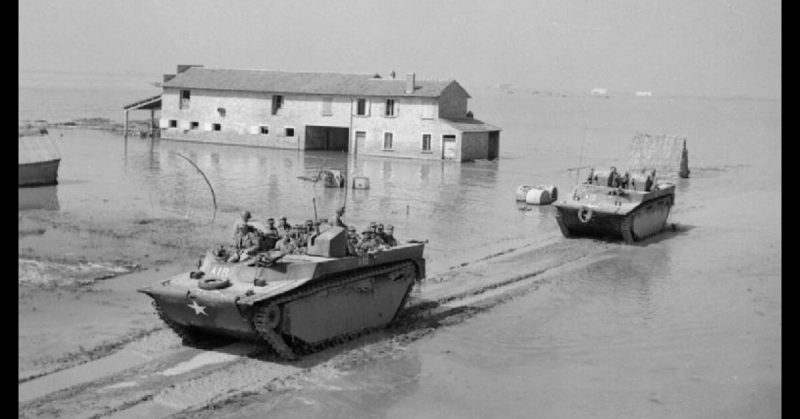People say that some men were born at the right time in history for their gallantry to shine. For Dane Anders Lassen, WWII was his time, and he was awarded three Military Crosses and a Victoria Cross to prove it.
From Africa to Europe, Lassen found his way into some of the most daring raids of the war and typically lead from the front on each occasion. In a remarkable career for someone who never received any formal military training, Lassen rose to the rank of temporary Major after a series of field promotions.
In a raid on the north shore of Lake Comacchio, Italy his time ran out. When his small raiding force came under heavy German machine gun fire, Lassen leaped into action to save his men. Personally blowing up three enemy positions, Lassen was seen leading throughout the assault. At the third position, he was struck by enemy fire but true to form; it was after hurling one last grenade as he fell, wounding the occupants.
Mortally wounded, Lassen in one last act of gallantry refused to become a burden to his small force of raiders. He ordered his men to leave, and a legend in British Special Forces was born.
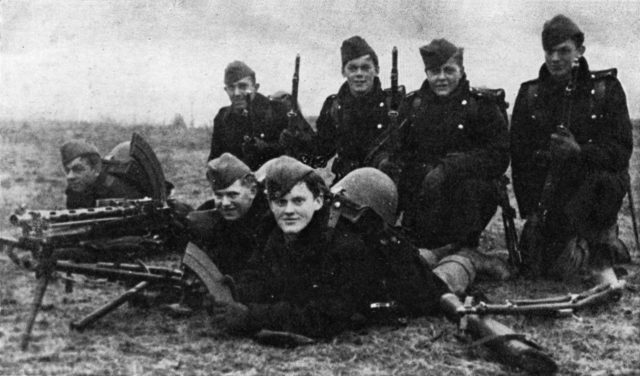
Born to Fight
Anders Lassen was born in 1920 Denmark to a wealthy landowning family. Known to have a short temper and a willingness to brawl, Lassen struggled in school and with authority. He left school in 1938 with the lowest examination results of the entire year. With his hot temper and poor academic record, Lassen struggled to find a place for himself until he joined the Danish Merchant Navy. It was there in 1940 his unusual path to British Special Forces began.
When Denmark fell to Germany on April 9, 1940, the Danish tanker Eleonora Maersk on which he served was ordered like many others to head for German, Italian, or neutral ports. However, the crew had other plans and forced the Captain to head for the British port of Bahrain.
By October 1940, Lassen had eventually made his way to Britain. Unsure what to do, he spent the first few weeks drunk and brawling. Then fate intervened, and he came in contact with an agent from the British Special Operations Executive (SOE).
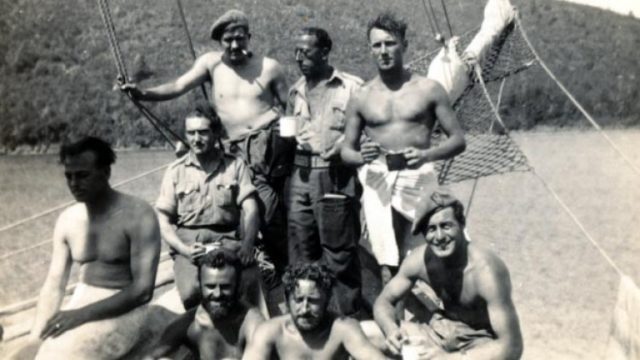
The SOE was a clandestine unit designed to conduct sabotage, espionage, and other reconnaissance missions throughout Axis occupied lands. Lassen’s Danish heritage made him a prime candidate for work in occupied Denmark. However, Lassen’s temperament and propensity to fight made spy work less than ideal. It was decided Lassen was much more suited to guerilla warfare.
First Mission
Lassen got his first taste of action off the coast of Africa with the SOE in a daring raid on a neutral port. The Island of Fernando Po in the Gulf of Guinea was part of a Spanish colony. In the harbor, were the Italian merchant vessel Duchessa d’Aosta and two other German ships. Despite the fact that undertaking military action in a neutral port could have huge ramifications, approval was given to enter the port and take the ships. On one of the two tugs entering the port on the night of January 14, 1942, was Anders Lassen and his fellow commandos.
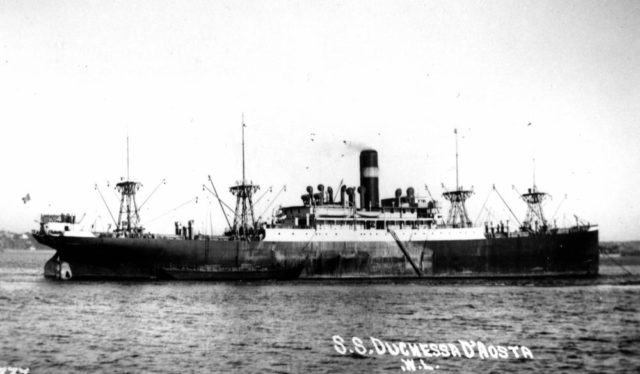
Anders jumped onto the Duchessa d’Aosta and stormed the ship at a furious pace resulting in the capture of the crew. The two German ships were taken in the same way by the other commandos. All the ships’ officers had been lured away by an agent who had set up a party. By the time the officers returned, their ships were gone. They had been tugged out to sea where they were conveniently “found and officially captured” by the British ship HMS Violet. For his actions, Lassen was awarded the first Military Cross of his career.
Lassen then spent time in Nigeria training guerilla fighters and conducting sabotage missions. He enjoyed the freedom of this job, but it was his desire to fight the Germans directly. Then he joined the Small Scale Raiding Force (SSRF) and got his first taste of combat.
Throughout the rest of 1942, Lassen was conducting raids along the French coast against German forces, slipping ashore under cover of darkness to kill, capture, and destroy whatever was possible.
When the SSRF was disbanded in early 1943, Anders joined the Special Boat Service. With them, he led his men on a string of raids throughout the Aegean sea from secret Turkish bases. Each time Lassen was in the lead, and he quickly developed a reputation as a man who did not fear death.
During 1944 he continued the raids and saw action in Greece and Crete. By 1945, the Allies were pushing through Italy, and the now Major Lassen had two more Military Crosses to his name.
The Final Stand
The Eight Army was preparing to advance through Italy. On the morning of April 9, Major Lassen embarked on one last mission. His mobile force had developed a reputation for making the enemy believe a much larger contingent was attacking them and Lassen was directed to create a diversion.
Landing on a small strip of land on the northern shore of Lake Comacchio, Lassen set out with eighteen men to do their worst upon the enemy. Proceeding along a road with water on both sides, the patrol was halted in the dark and challenged by German sentries. An Italian-speaking member of the patrol attempted to convince the Germans they were fishermen returning from sea. At first, it seemed to work, but then the Germans opened fire.
Lassen instantly leaped into action and began assaulting the first German position when two other positions opened up fire on the patrol. He tossed two grenades resulting in the deaths of four Germans and the capture of two machine guns.
Lassen took off for the second position. Attacking with such speed and ferociousness, he overwhelmed them and demoralized the men manning the third. As Lassen approached the third position, the Germans indicated a willingness to surrender. However, when Lassen approached to facilitate, a German opened fire striking Lassen in the stomach.
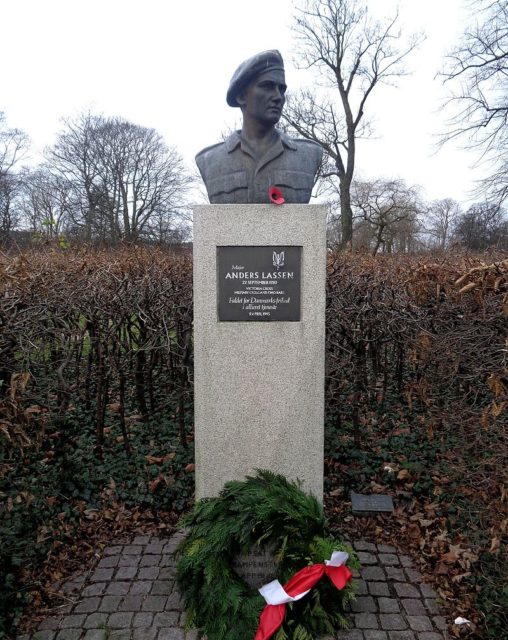
Mortally wounded and with his men running low on ammunition, Lassen then ordered his men to retreat without him. Members of the squad attempted to convince Lassen to come, but he knew from experience that his wounds would only slow them down and increase their risk of death or capture.
Lassen died on the shores of Lake Commaccio, but not before undertaking the heroic actions which earned him the Victoria Cross and a rightful place in the history of British Special Forces.
